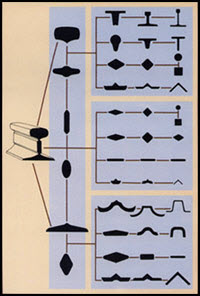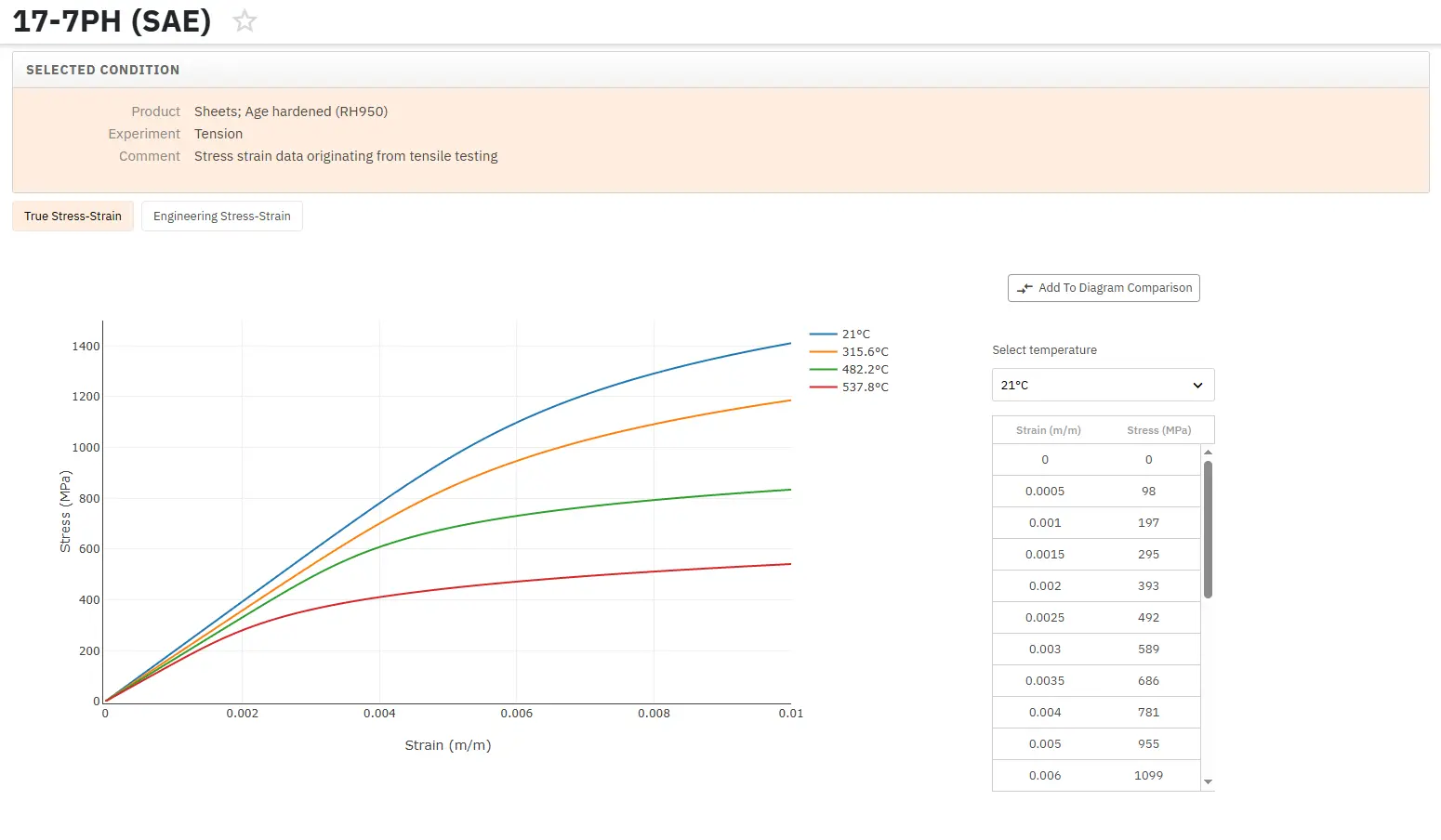Rail Steels: Part One
Abstract
Modern railway systems demand high-performance rail steels capable of withstanding intense operational conditions, including high-speed trains and increased axle loads. Contemporary rail steel manufacturing employs advanced thermo-mechanical processing with computer-controlled mills and continuous feedback systems to achieve superior wear resistance and geometric precision. These premium rail steels demonstrate exceptional mechanical properties, with yield strengths exceeding 60,000 PSI and tensile strengths ranging from 100,000 to 130,000 PSI. The manufacturing process incorporates vacuum degassing, controlled cooling, and comprehensive quality inspection to eliminate defects and ensure optimal performance. Rail steel's unique chemical composition and processing methods result in superior durability, maintaining structural integrity throughout extended service life while providing excellent recyclability through re-rolling processes that actually enhance material properties.
Evolution of Modern Railway Steel Requirements
Modern railway systems operate under increasingly demanding conditions that have fundamentally transformed rail steel specifications and manufacturing requirements. The transportation industry's evolution toward high-speed passenger trains and heavier freight loads has created unprecedented challenges for rail infrastructure. Fast trains traveling at elevated speeds, combined with increasing axle loads exceeding traditional limits, impose severe mechanical stresses on railway tracks that require advanced materials engineering solutions.
Contemporary rail steels must demonstrate exceptional wear resistance while maintaining precise geometric tolerances to prevent surface and internal defects that could ultimately lead to catastrophic failure. The manufacturing process demands extraordinary uniformity in thermo-mechanical processing, achieved through sophisticated computer-controlled mills that provide continuous feedback from the product during manufacture. This technological advancement ensures consistent quality and performance across entire rail production runs.

Figure 1: Evolution of rail sections, demonstrating the progression from traditional designs to modern high-performance profiles
Until the 1970s, railway engineers regarded rails for both passenger and freight applications as relatively simple, undemanding products with specifications that remained virtually unchanged for decades. However, substantial investments in railway infrastructure, the emergence of high-speed passenger transportation, and requirements for extended track service life created demands for rails with superior quality characteristics, greater mechanical strength, and significantly tighter geometric tolerances. These evolving requirements have driven major innovations over the past two decades in manufacturing methodologies, inspection protocols, and product diversification.
Exceptional Mechanical Properties of Rail Steel
Rail steel demonstrates remarkable toughness characteristics that distinguish it from conventional structural steels. The material's exceptional ability to resist breakage, even after exceeding the yield point, provides critical safety margins in demanding railway applications. Rail steel maintains satisfactory ductility levels and, following proper re-heating procedures, can successfully complete most forming operations required for specialized applications.

Figure 2: Stress-strain relationships for different grades of steels
The mechanical performance specifications of rail steel reflect its demanding operational requirements. Average yield strength exceeds 60,000 PSI, while actual tensile strength typically ranges from 100,000 PSI to 130,000 PSI. This exceptional yield strength provides substantial stiffness, enabling rail steel to endure the heaviest operational demands with minimal deformation under load.
Rail steel demonstrates remarkable stability throughout its service life. Even after years of intensive service under high-stress conditions, microscopic examination reveals no significant differences between the grain structure of extensively used rails and newly manufactured products. Environmental factors including age, traffic loading, and weather exposure do not alter the material's fundamental properties, ensuring consistent performance throughout extended operational periods.
Advanced Manufacturing Process and Quality Control
The production of premium rail steels begins with carefully controlled steelmaking processes utilizing large Basic Oxygen Steelmaking (BOS) vessels. The molten steel undergoes vacuum degassing prior to continuous casting into large blooms, providing exceptional control over chemical composition and eliminating harmful impurities. This vacuum degassing process, combined with sophisticated ladle trimming facilities, enables extremely tight control over chemical composition variations.
Following the casting process, the steel blooms receive specialized thermal treatment designed to optimize material properties. The blooms are placed in insulated containers while maintaining temperatures of approximately 600°C and undergo controlled cooling at rates of 1°C per hour for periods extending three to five days. This carefully controlled thermal treatment, working in conjunction with prior vacuum degassing, reduces hydrogen content in finished rails to approximately 0.5 parts per million, substantially reducing susceptibility to hydrogen-induced cracking.
The manufacturing process continues with reheating and direct rolling to achieve the finished rail profile. Each rail produced from individual blooms undergoes hot sawing to specific required lengths before passing through rotary stamping equipment en route to designated cooling areas. Depending upon the specific property requirements, rails receive either normal air cooling or enhanced cooling procedures designed to develop superior strength characteristics.
Upon reaching room temperature, rails pass through sophisticated roller-straightening machinery that subjects each section to multiple severe bending reversals, ensuring exceptionally high straightness standards. The final manufacturing stage incorporates comprehensive quality inspection utilizing ultrasonic testing, eddy current examination, and laser inspection systems that monitor non-metallic inclusions, external defects, and running surface flatness.
Chemical Composition and Material Properties
Rail steel's superior performance characteristics result from its carefully optimized chemical composition, which differs significantly from conventional structural steels. The unique alloying approach provides the specific combination of strength, toughness, and wear resistance required for demanding railway applications.
Table 1. Typical rail steel compositions by weight percentage
| No | C | Si | Mn | Ni | Mo | Cr | V | Nb | B | AI | TI | Other |
| 1 | 0.55 | 0.25 | 1.00 | - | - | - | - | - | - | - | - | Pearlitic rail steel |
| 2 | 0.80 | 0.30 | 1.00 | - | - | - | - | - | - | - | - | Pearlitic rail steel |
| 3 | 0.70 | 1.90 | 1.50 | - | - | - | - | - | - | - | - | Pearlitic rail steel |
| 4 | 0.75 | 0.70 | 1.00 | - | - | 1.0 | 0.1 | - | - | - | - | Special grade pearlitic rail steel |
| 5 | 0.65 | 0.25 | 0.70 | - | - | - | - | - | - | - | - | Pearltic tyre steel |
| 6 | 0.04 | 0.20 | 0.75 | 2.0 | 0.25 | 2.8 | - | - | 0.01 | 0.03 | 0.03 | Bainitic rail steel |
| 7 | 0.09 | 0.20 | 1.00 | - | 0.50 | - | - | - | 0.003 | 0.03 | 0.03 | Experimental bainitic rail steel |
| 8 | 0.07 | 0.30 | 4.50 | - | 0.50 | - | - | 0.1 | - | - | - | Experimental bainitic rail steel |
| 9 | 0.10 | 0.30 | 0.60 | 4.0 | 0.60 | 1.7 | - | - | <0.01 | 0.03 | 0.03 | Experimental bainitic rail steel |
| 10 | 0.30 | 0.20 | 2.00 | - | 0.50 | 1.0 | - | - | 0.003 | 0.03 | 0.03 | Experimental bainitic rail steel |
| 11 | 0.30 | 1.00 | 0.70 | - | 0.20 | 2.7 | - | 0.1 | - | - | - | Experimental bainitic rail steel |
| 12 | 0.52 | 0.25 | 0.35 | 1.5 | 0.25 | 1.7 | - | 0.1 | <0.01 | - | - | Experimental bainitic rail steel |
| 13 | 1.00 | 0.25 | 0.25 | - | - | 1.50 | - | - | - | - | - | Roller bearing alloy |
Addressing Modern Railway Challenges
Contemporary railway operations subject rails to intensive contact cyclic loading that accompanies increased freight car capacities reaching 100 and 125 tons, expanded train configurations, and elevated operating speeds required for efficient bulk product transportation. These escalating operational demands necessitate advanced manufacturing and metallurgical approaches specifically designed to offset wear mechanisms and other failure modes that traditionally limited rail service life.
Historical rail failure modes included hydrogen-related issues that produced shatter cracks or flakes in heavy rail sections. However, these difficulties have been effectively controlled through improved cooling procedures and vacuum degassing of liquid steel during production. Modern manufacturing techniques have virtually eliminated these failure mechanisms while introducing enhanced performance characteristics.
The combination of advanced steelmaking technology, controlled thermal processing, and comprehensive quality assurance ensures that contemporary rail steels meet the demanding requirements of modern transportation systems. These improvements enable railway operators to achieve extended service life, reduced maintenance requirements, and enhanced operational safety margins.
Sustainability and Recycling Advantages
Rail steel demonstrates exceptional sustainability characteristics through its remarkable recyclability. The material's unique properties actually improve through the re-rolling process, making recycled rail steel superior to its original condition. All accumulated stresses during service are effectively relieved through heating prior to re-rolling operations.
The re-rolling process, conducted in accordance with ASTM-A-499 specifications, decreases grain size in the recycled material, resulting in improved resilience characteristics. This additional mechanical working actually enhances the steel's properties beyond those of the original rail, providing both environmental and performance benefits.
Future Developments in Rail Steel Technology
The continuous evolution of railway transportation systems drives ongoing research and development in rail steel technology. Advanced manufacturing techniques, improved chemical compositions, and enhanced quality control procedures continue to push the boundaries of rail steel performance. These developments ensure that rail infrastructure can accommodate future increases in operating speeds, load capacities, and service life requirements while maintaining the highest safety standards.
The integration of sophisticated monitoring systems and predictive maintenance technologies with advanced rail steel materials promises to revolutionize railway infrastructure management, providing unprecedented reliability and efficiency in modern transportation networks.
Read more
Access Thousands of Stress-Strain Diagrams Now!
Total Materia Horizon includes a unique collection of stress-strain curves of metallic and nonmetallic materials. Both true and engineering stress curves are given, for various strain rates, heat treatments and working temperatures where applicable.

Get a FREE test account at Total Materia Horizon and join a community of over 500,000 users from more than 120 countries.